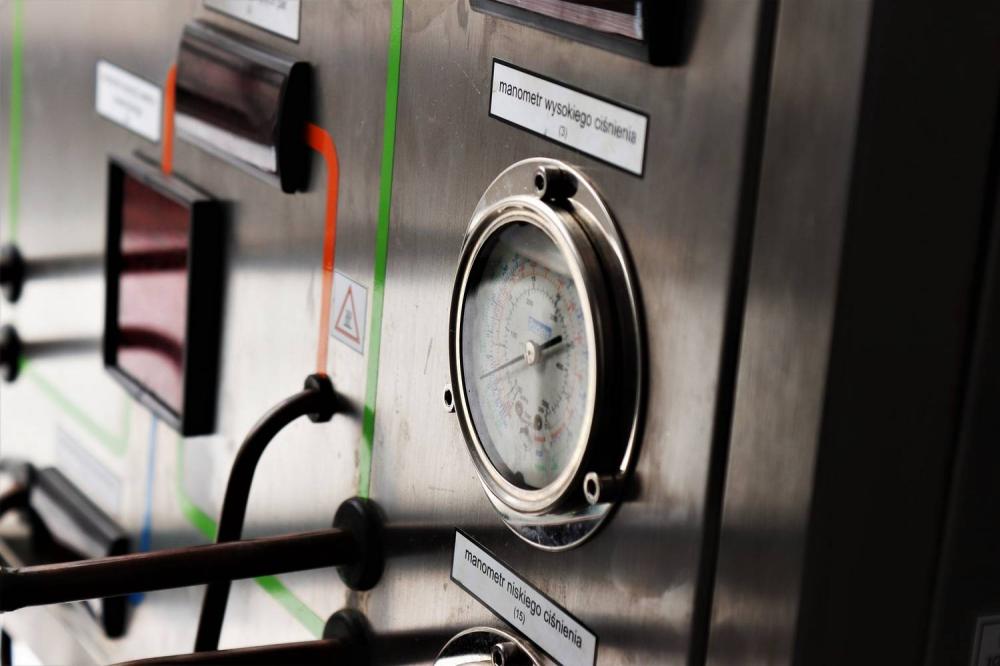Efficient heating system with a heat pump: The source of heating determines many aspects of our life in a single-family house or apartment. Firstly, it is related to the investment cost itself.
Especially right after the construction of the house, the money is often exhausted and thus it is difficult to make further investments. Secondly, it is extremely important how much we will pay with each heating month. Thirdly, it is important that the use of a given heat source is convenient. It is this category (next to ecology) that makes coal boilers usually not the best solution. Fourthly, it is also worth considering such organizational issues as the use of space (both by the boiler itself and the fuel itself). Fifthly, issues such as ecology, reliability of heat supply or thermal inertia must also be taken into account.
Taking all factors into account, it turns out that the installation of a heat pump is one of the most interesting options currently available on the market. In this case, one of the most important components of efficiency is the selection of the right heating system. For this reason, the installation of heat pumps is often rightly associated with the use of underfloor heating.
- https://www.hotelpergamin.pl/wiazary-kratowe-zastosowanie/
- https://www.roentgena.pl/najpopularniejsze-zabiegi-medycyny-estetycznej/
- https://www.bahco.pl/jak-wyglada-kremacja-zwierzat/
Lower temperature and higher efficiency
The key to understanding which heating system will work best with a heat pump is that the lower the supply and return temperatures are, the higher the efficiency will be. In the case of traditional heating systems (by which we mean the use of a charge or gas boiler as a heat source), the supply temperature is usually from 65 °C to even 80 °C. The return temperature is usually 10 °C lower. Ultimately, this difference is the heat that is transferred to the room.
Can a heat pump work in such a system? Technically, there is nothing that would prevent such a connection. However, this is not an effective solution, and this automatically leads to higher costs. In the case of ecological energy sources, operating costs in relation to investment costs are one of the main issues. How to use the huge potential of air-source heat pumps in such a situation (mainly those due to their greatest popularity).
Surface heating
Surface heating best meets the set conditions. The use of a larger surface area leads to the fact that it is possible to transfer the same amount of heat, but at the same time with lower flow and return temperatures. It is possible to perform wall or ceiling surface heating. These are interesting solutions that work great with a heat pump. This does not change the fact that the most popular is the use of underfloor heating. This is a combination that, firstly, maximizes the efficiency of the entire system, and secondly, leads to a favorable microclimate for humans.
Traditional radiators, thanks to convection, provide a fairly uneven temperature distribution in the room. In the case of floor heating, it is more stable, and in addition, the higher temperature around the feet increases the thermal comfort of residents.
Traditional (or elongated) radiators
An alternative is to use radiators similar to traditional ones, but elongated. The idea here is to enlarge the surface that will radiate heat. Sometimes this is combined with reduced flow and return temperatures. It is difficult to call this solution the best possible, but it is also an interesting alternative.
However, are traditional radiators always a bad solution? It turns out that not always. First of all, when we already have a traditional heating system ready. Then it will not always pay off to transform it for the needs of surface heating. This is a slightly different situation than the one that appears when we are just building any variant of the heating system. Both cases are significantly different from each other in terms of the costs involved.
Fan coil units
Fan coil units allow you to reach an important advantage of heat pumps. This is the possibility of reversing the thermodynamic cycle, which will allow you to use this heating to cool the building. At the same time, it is a modern solution that is distinguished by good efficiency and is one of the recommended variants in combination with a heat pump. Usually, however, it will not be more effective than underfloor heating.
Other elements of the heating system
The heating system is a demanding construct that requires taking care of many elements. For example, an important element is to take care of the building’s heat demand as low as possible. Mechanical ventilation with heat recovery means that the air will be pre-heated and it will be easier to supplement it to the optimal temperature by using a heat pump. In addition, the costs of mechanical ventilation with heat recovery are competitive in relation to what this technology offers.
In addition, it is possible to combine this technology with photovoltaics. This is due to the fact that the heat pump requires electricity to drive the fans and thus for the functioning of the thermodynamic cycles. However, the heat demand is primarily the appropriate layers of insulation or the uncomplicated body of the building.


